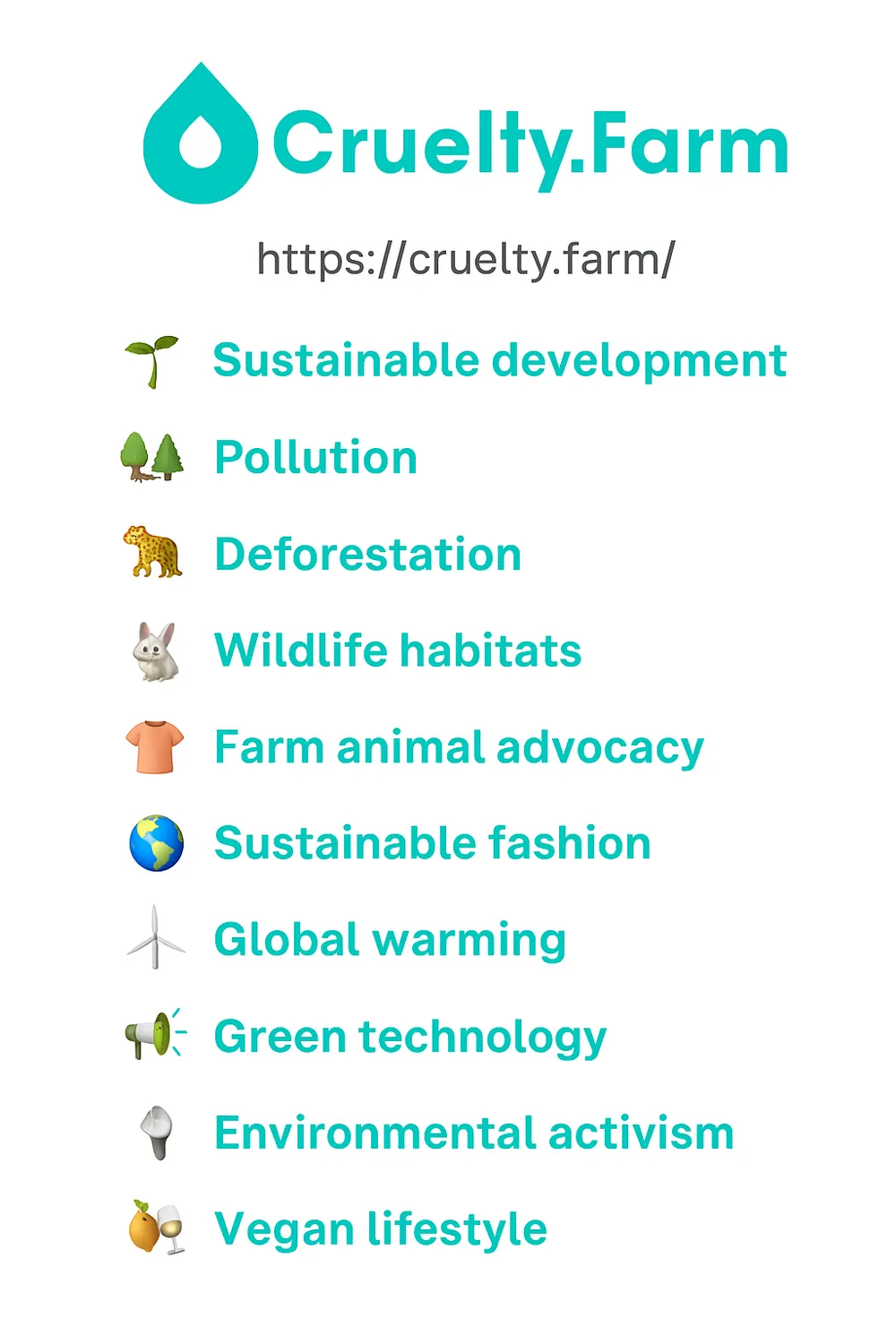
Wildlife preservation is the practice of protecting wild animals and their habitats to maintain biodiversity and ensure the health of ecosystems. As human populations grow and industrial activities expand, the natural world is increasingly under threat. From deforestation and pollution to climate change and illegal hunting, countless species are pushed toward extinction. Wildlife preservation is not just about saving animals—it’s about protecting the intricate web of life that supports all living beings, including humans.
The Importance of Wildlife
Wildlife plays a critical role in maintaining ecological balance. Each species, no matter how small, has a role to play in its ecosystem. Pollinators like bees and butterflies help grow the fruits and vegetables we eat. Predators control pest populations and maintain the natural order. Forest animals contribute to seed dispersal, helping new plants grow and supporting forest regeneration.
In addition to ecological importance, wildlife offers cultural, recreational, and economic benefits. Many communities rely on wildlife for tourism and livelihoods. Animals have also inspired myths, stories, and spiritual beliefs across cultures for centuries. Losing wildlife means losing a part of our global heritage.
Threats to Wildlife
Wildlife faces many serious threats today, most of which are caused by human activity:
- Habitat loss: Forests, wetlands, and grasslands are being cleared for agriculture, urban development, and industry. When animals lose their homes, their chances of survival drop dramatically.
- Climate change: Rising temperatures, shifting weather patterns, and melting ice caps are altering habitats faster than species can adapt. Coral reefs, Arctic ecosystems, and rainforests are particularly vulnerable.
- Poaching and illegal wildlife trade: Many animals are hunted for their fur, horns, bones, or as exotic pets. This illegal trade not only endangers species but also fuels organized crime networks.
- Pollution: Plastics, chemicals, and other pollutants poison water sources and land, affecting both animal health and the plants they depend on.
- Invasive species: When non-native species are introduced—intentionally or accidentally—they can disrupt local ecosystems and outcompete native wildlife.
Why Wildlife Preservation Matters
Biodiversity is the foundation of life on Earth. When species go extinct, it can trigger a chain reaction that weakens entire ecosystems. For example, the extinction of a pollinator species could reduce crop yields and impact food supply. The loss of predators can cause prey populations to explode, damaging vegetation and farmland.
Healthy wildlife populations also contribute to clean water, fertile soil, and carbon storage—all vital to combatting climate change and sustaining human life.
Moreover, many modern medicines are derived from wild plants and animals. Preserving biodiversity means protecting a potential source of future cures and medical breakthroughs.
How to Support Wildlife Preservation
Wildlife preservation requires collective effort at all levels—government, community, and individual. Here are some ways we can contribute:
- Support protected areas: National parks, wildlife reserves, and marine sanctuaries provide safe habitats for animals. Visiting and supporting these areas promotes conservation and responsible tourism.
- Adopt sustainable habits: Reducing consumption, recycling, and supporting eco-friendly products help lessen human impact on the environment.
- Plant native trees and gardens: Creating natural spaces supports local wildlife by offering food and shelter.
- Educate and advocate: Raising awareness about endangered species and supporting conservation organizations can drive policy change and public support.
- Avoid products linked to wildlife harm: Say no to items made from ivory, exotic skins, or tropical hardwoods that may contribute to deforestation and poaching.
Conclusion
Wildlife preservation is not just about saving animals—it’s about safeguarding the health of our planet. Each species lost is a step closer to ecological imbalance. By protecting wildlife and their habitats, we are also securing a better, more sustainable future for ourselves and generations to come. In a world of rapid change, preserving the beauty and diversity of nature is one of the greatest responsibilities we share.